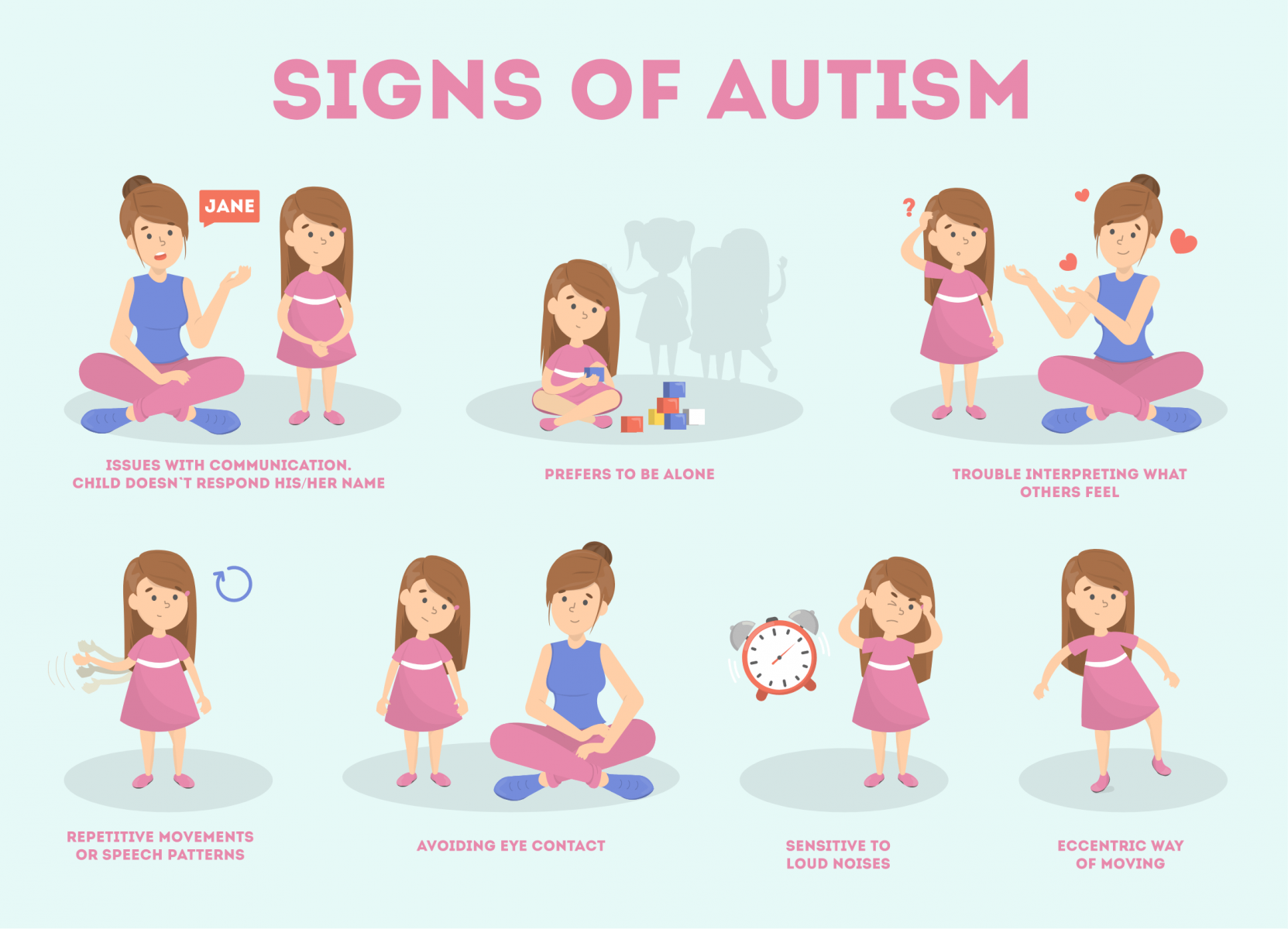The Role of Education And Learning in Supporting Pupils with Autism: Finest Practices
Checking Out Autism: Methods for Efficient Communication and Communication
Reliable communication and interaction with individuals on the autism range require a detailed understanding of their unique needs and preferences. The complexities of these approaches expose further considerations that warrant exploration, particularly in exactly how they can be adapted to specific experiences and diverse contexts.
Comprehending Autism Range Problem
Autism Spectrum Problem (ASD) incorporates a variety of neurodevelopmental problems identified by difficulties in social communication, communication, and repetitive actions. The term "range" reflects the varied symptoms and differing degrees of seriousness experienced by people with ASD. While some might display considerable disabilities, others might show high-functioning qualities, permitting higher independence in day-to-day life.
The beginning of ASD commonly occurs in very early youth, with indications typically recognizable by age 2. Early indicators may include delayed speech growth, limited eye call, and troubles in recognizing social hints. The specific etiology of ASD stays uncertain, research study recommends a mix of hereditary and environmental variables plays a crucial duty in its advancement.
People with ASD often possess distinct staminas, such as increased focus to detail and exceptional memory skills. They might struggle with recognizing abstract ideas and taking care of changes to regular - autism. Therefore, interventions and assistance tailored to individual requirements are necessary for promoting communication and social skills. Identifying the intricacy of ASD is important for advertising recognition, approval, and efficient approaches that help with significant interactions with individuals on the range.

Importance of Clear Interaction
Efficient communication is essential for cultivating understanding and link, especially for individuals with Autism Spectrum Disorder (ASD) Clear interaction not only facilitates social communications however additionally boosts the person's ability to reveal their ideas, demands, and emotions. For people with ASD, the subtleties of language can typically be challenging; as a result, utilizing unambiguous and uncomplicated language is vital.
In addition, clear communication assists decrease aggravation and stress and anxiety that may arise from misunderstandings. When messages are communicated in a direct and constant way, individuals with ASD are much better geared up to analyze information precisely, which can substantially enhance their social involvement and participation in different setups.
Establishing routines and using visual supports can further strengthen clear interaction. These strategies provide individuals with foreseeable structures that aid comprehension and retention of information. Furthermore, actively listening and being person during communications advertises a helpful environment where people with ASD really feel valued and understood.
Ultimately, prioritizing clear interaction not only encourages individuals with ASD but also cultivates even more purposeful connections with their peers, caregivers, and the bigger neighborhood, leading the way for inclusive communications and collective relationships. - autism
Non-Verbal Interaction Methods
Communication expands beyond words, and for individuals with Autism Range Condition (ASD), non-verbal signs play a significant duty in interactions. Non-verbal interaction methods can include facial expressions, gestures, body language, and eye contact, all of which offer as important parts for conveying feelings and objectives.
Comprehending and translating these non-verbal signals can enhance communications with people with ASD. A cozy smile or open pose can create an inviting environment, motivating involvement. Similarly, using visual help-- such as photo cards or signs-- can bridge interaction spaces and assist convey messages extra effectively.
It is additionally crucial to be conscious of personal room, as individuals with ASD may have different comfort levels pertaining to proximity. Observing their reactions to physical distance can notify suitable modifications.

Producing Supportive Atmospheres
Producing an encouraging environment is important for cultivating favorable interactions and improving the health of people with Autism Range Problem (ASD) Such settings can dramatically decrease stress and anxiety and produce a sense of discover this info here safety, enabling individuals to express themselves much more easily.
To achieve this, it is vital to consider sensory level of sensitivities that people with ASD might experience. Changing the physical space to include soft illumination, minimal history noise, and comfy seats can develop a calming environment. Furthermore, making use of consistent routines and clear aesthetic schedules can Bonuses aid individuals prepare for changes and reduce unpredictability, additional promoting convenience.
Social spaces ought to be structured to lessen frustrating stimulations while providing chances for involvement in recommended activities. Helping with areas designated for quiet time can also act as a refuge throughout moments of tension. Significantly, integrating components of option equips people, allowing them to exercise company in their setting.

Urging Social Interactions
Promoting social communications among individuals with Autism Spectrum Condition (ASD) needs intentional approaches that prioritize convenience and engagement. Establishing predictable routines can help in reducing anxiety, making social settings more approachable. Producing organized atmospheres with defined obligations and duties enables individuals to involve without the overwhelming pressure of unstructured social characteristics.
Integrating passions and staminas into social activities can function as a stimulant for interaction. Arranging group activities around shared leisure activities or subjects of fascination can promote all-natural discussions and connections. Furthermore, using aesthetic supports, such as photographic schedules or social manuscripts, can help in understanding social cues and expectations.
Designing proper social habits is crucial - autism. Peers and adults ought to show effective communication strategies, consisting of energetic listening and turn-taking. Role-playing situations can also give a risk-free area for people to practice these skills
Lastly, cultivating peer relationships through inclusive techniques is necessary. Encouraging inclusive playdates or group trips can produce chances for socializing in a comfy setting. By carrying out these caregivers, instructors and techniques can considerably boost social communications for people with ASD, advertising their total social development and health.
Conclusion
Finally, effective communication and interaction methods are necessary for sustaining people with Autism Spectrum Condition. Stressing clear language, integrating non-verbal signs, and establishing foreseeable routines considerably boost engagement and minimize anxiousness. Developing helpful environments cultivates safe social communications, while encouraging shared rate of interests helps with significant links. Inevitably, these approaches empower people with autism to browse social landscapes, advertising their general wellness and making it possible for the development of long lasting connections.
Reliable interaction and interaction with people on the autism range require an extensive find here understanding of their distinct requirements and choices. Clear interaction not just promotes social interactions but additionally boosts the individual's capacity to reveal their feelings, demands, and thoughts.Fostering social interactions among people with Autism Spectrum Problem (ASD) calls for deliberate methods that focus on convenience and engagement. By applying these educators, caregivers and approaches can considerably boost social communications for individuals with ASD, promoting their overall social development and wellness.
In verdict, reliable communication and interaction methods are important for supporting people with Autism Range Disorder.